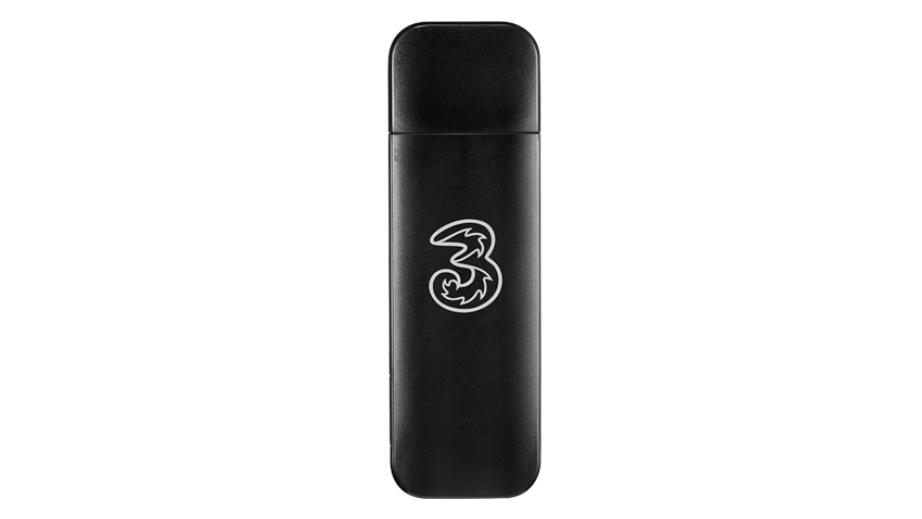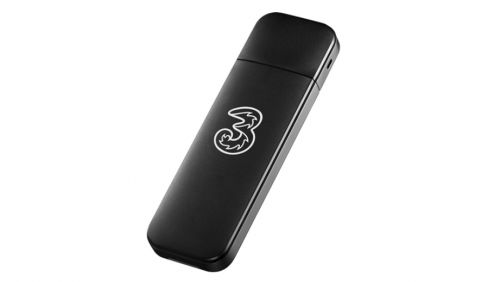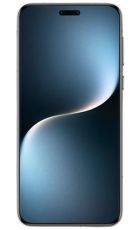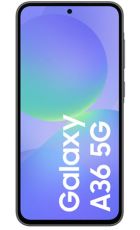There are two main types of mobile broadband devices – those which are battery-powered and can connect multiple other devices to the internet, and those which you can plug in to a USB port, providing a single device with an internet connection.
The ZTE MF730M dongle is the latter kind, and while that makes it more limited in some ways, it’s potentially the better choice if you only usually want to connect one device to the internet at once, as it’s small, cheap and can’t run out of battery.
But it’s not perfect and nor is it the only dongle, so is the ZTE MF730M worth your money?
Design
The ZTE MF730M looks a lot like a USB stick, and in fact that’s kind of what it is, but rather than providing external storage this USB stick provides internet connectivity.
It’s a small black stick with a cap on the top which you remove to plug it in. At 86 x 27.5 x 10.5mm and 63g it’s pocket-friendly, so you can easily take it with you anywhere.
The design isn’t very exciting, with the only real detail being Three’s logo in white, but this isn’t designed to stand out so much as blend in, so that’s fine.
Setup and performance
The ZTE MF730M is as close to plug and play as these sorts of devices get. Simply plug it in to a USB port on your laptop, tablet or other device, then select the ‘3’ network from your Wi-Fi network screen. If you then tell it to connect to that network automatically then next time you plug the dongle in it will.
The MF730M does have a dashboard, but this isn’t something you should need to use much, as it just houses things like information on your signal strength and the ability to update your dongle’s software if/when an update is available.
So overall using the ZTE MF730M should be a smooth, simple experience.
When it comes to performance, the device doesn’t impress quite as much, as it’s limited to 3G rather than 4G, but can theoretically reach download speeds of up to 42.2Mbps, which is still fast enough to smoothly stream audio and video or quickly download files. Upload speeds are a more mediocre 5.76Mbps, but it’s unlikely you’ll need speedy uploads very often.

Battery
This being a dongle there isn’t a battery, and that’s in many ways a good thing, as one of the biggest limitations of other mobile broadband devices is that they often run out of battery quite quickly – and even if you can plug them in while using them you need a socket for that, which won’t always be available when away from home.
So with the ZTE MF730M you have one less thing to worry about charging. That said, it will draw power from whatever it’s plugged into, potentially decreasing the battery life of the device you’re using.
Features
The ZTE MF730M is light on features beyond the basics, but at a price of £20 on Pay As You Go you shouldn’t expect much extra.
This is designed for someone who wants an exceedingly cheap way to get laptops or other compatible devices online wherever they are, and who doesn’t need to connect more than one device at once (or to connect anything that doesn’t have a USB port) and for that it works quite well.
Conclusion
The ZTE MF730M is a basic mobile broadband device, but if you can live with 3G speeds and only need to connect one device (with a USB port) to the internet at a time then it’s a solid choice, especially for the money.
If, however, you want to get more devices online, not be limited by USB ports, or getter faster 4G speeds, then you might want to consider something like the Huawei E5573bs-322 or Huawei E5330, just be prepared to pay more for it.






